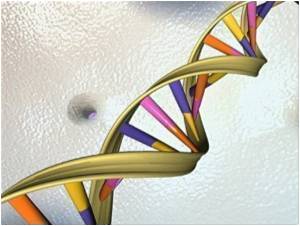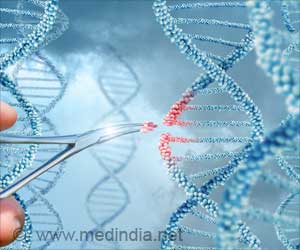The way in which genetic variants rewire the brain and it could help in finding therapies for rebalancing the brain's circuitry in early development, scientists have shown.

"This is a key piece of the puzzle we've been searching for. Now we can begin to unravel the mystery of how genes rearrange the brain's circuitry not only in autism, but in many related neurological disorders." said co-principal investigator Daniel Geschwind.
The UCLA team scrutinized the differences in brain connectivity and function that result from two forms of the CNTNAP2 gene, one of which boosts risk for autism.
Suspecting that CNTNAP2 might influence brain activity, the researchers used functional magnetic resonance imaging (fMRI) to scan the brains of 32 children as they performed learning-related tasks. Half of the children had autism, and half did not.
Regardless of their diagnosis, the children carrying the risk variant showed a disjointed brain. The frontal lobe was over-connected to it and poorly connected to the rest of the brain. Communication with the back of the brain was particularly diminished.
"In children who carry the risk gene, the front of the brain appears to talk mostly with itself," explained first author Ashley Scott-Van Zeeland, of the Scripps Translational Science Institute.
Advertisement
Depending on which CNTNAP2 version the child carried, the researchers also observed a difference in connectivity between the left and right sides of the brain. In most people, the left side processes functions tied to language, like speech and understanding.
By enhancing understanding of the relationship between genes, the brain and behavior, the UCLA finding could lead to earlier detection for autism, and new interventions to strengthen connections between the frontal lobe and left side of the brain.
"If we determine that the CNTNAP2 variant is a consistent predictor of language difficulties, we could begin to design targeted therapies to help rebalance the brain and move it toward a path of more normal development," said Zeeland.
The findings were published in the online edition of Science Translational Medicine.
Source-ANI











